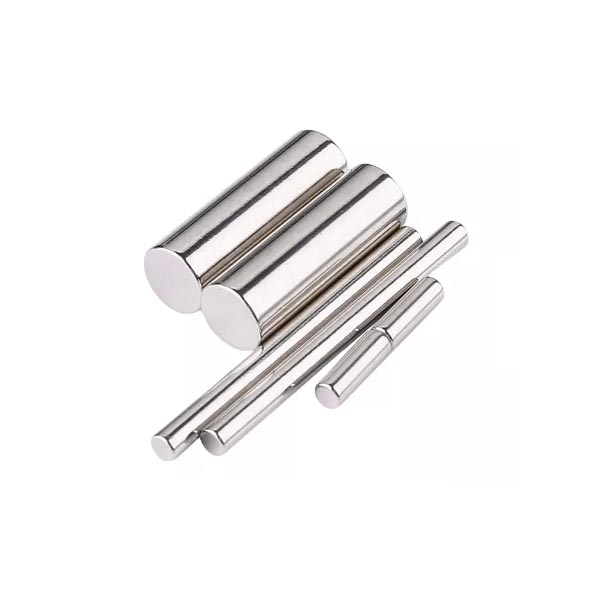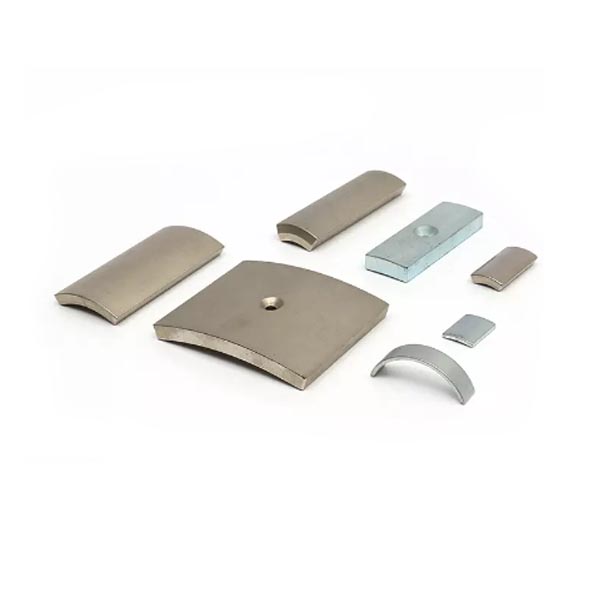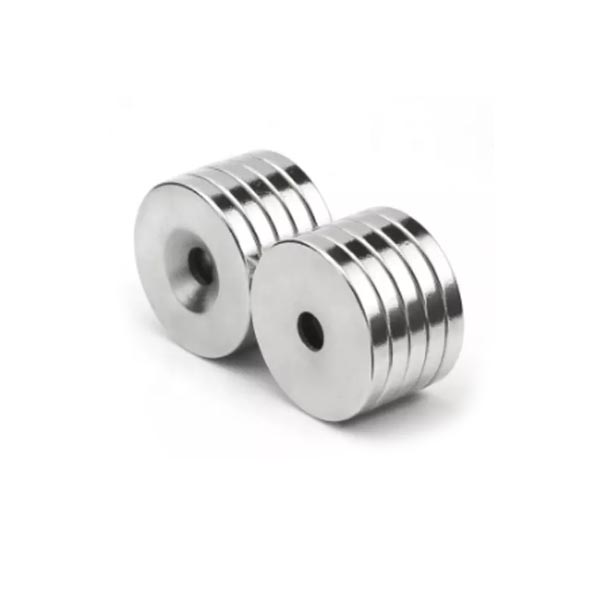As we delve into the realm of magnetism, it becomes apparent that the shapes of magnets are not arbitrary; rather, they are intricately designed to serve distinct purposes. From the simple yet effective bar magnets to the more complex and tailored custom shapes, each magnet shape contributes uniquely to the vast array of applications in which magnets are employed.
Understanding the significance of these shapes provides insights into the principles of magnetism and its practical applications. Join us on this exploration of the different shapes of magnets, as we unravel the mysteries and applications of these magnetic wonders that quietly shape our technological world.
Sintered NdFeB magnet is a strong magnetic material commonly used in the manufacture of various electronic equipment, automotive parts and industrial machinery. Its processing method requires special processes and equipment to ensure that the final product has stable performance and high magnetic properties. The following are the main processing methods of sintered NdFeB magnets:
1. Raw Material Preparation:
The initial step in the processing of sintered neodymium iron boron magnets involves preparing the raw materials, including neodymium iron boron powder, iron oxide, and other alloying elements. The quality and proportions of these raw materials significantly impact the final product's performance.
2. Mixing and Grinding:
The raw materials are blended and mechanically ground to achieve a uniform distribution of powder particles, thereby enhancing magnetic performance.
3. Shaping:
The magnet powder is shaped into the desired form through a pressing process, utilizing molds to ensure precise dimensions and shapes, such as circular, square, or custom configurations.
4. Sintering:
Sintering is a crucial step in the production of neodymium iron boron magnets. Under high-temperature and high-pressure conditions, the shaped magnet powder is sintered to form a dense block structure, enhancing material density and magnetic properties.
5. Cutting and Grinding:
Post-sintering, the block-shaped magnets may undergo further processing to meet specific size and shape requirements. This involves cutting and grinding operations to achieve the final product form.
6. Coating:
To prevent oxidation and enhance corrosion resistance, the sintered magnets typically undergo surface coating. Common coating materials include nickel plating, zinc plating, and other protective layers.
7. Magnetization:
Following the aforementioned steps, the magnets need to be magnetized to ensure they exhibit the intended magnetic properties. This is achieved by placing the magnets in a strong magnetic field or through the application of electric currents.
NdFeB magnet is a strong magnetic material that can be made into a variety of shapes to suit different application needs. Here are some common NdFeB magnet shapes:
Cylinder:
This is a common shape often used to make cylindrical magnets such as motors and generators.
Block or Rectangular:
Block-shaped NdFeB magnets are used in a wide variety of applications, including magnets, sensors, and magnetic fixtures.
Ring:
Toroidal magnets are useful in certain applications, particularly where a toroidal magnetic field needs to be generated, such as in some sensors and electromagnetic devices.
Sphere:
Spherical magnets are relatively uncommon, but may be used in some special applications, such as in research laboratories.
Custom Shapes:
NdFeB magnets can be made into a variety of special shapes based on the needs of specific applications, including complex custom shapes. This customized manufacturing often requires advanced processes and equipment.
The choice of these shapes depends on the specific application the magnet will be used for, as different shapes can provide different magnetic properties and adaptability. For example, a cylindrical magnet may be better suited for rotating machinery, while a square magnet may be better suited for equipment that moves in a straight line.
By reading our article, you can better understand the different shapes of magnets. If you want to know more about the magnet shape, please contact us at Fullzen Company. Fullzen Magnet is a professional supplier of NdFeB magnets in China and has extensive experience in the manufacturing and sales of NdFeB magnets.
Your Custom Neodymium Magnets Project
We can offer the OEM/ODM services of our products. The product can be customized according to your personalized requirements, including the size, Shape, performance, and coating. please offer your design documents or tell us your ideas and our R&D team will do the rest.
Post time: Dec-29-2023







